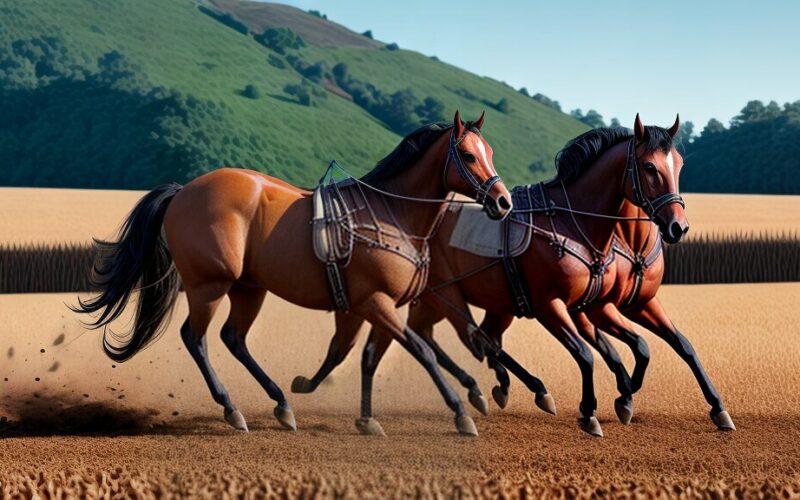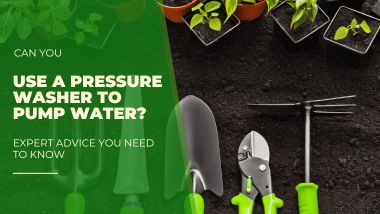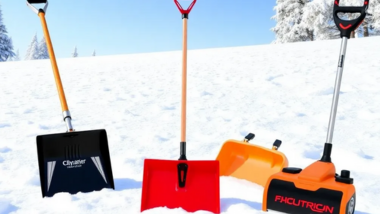If you’re new to the world of farming, you may have heard the term “harrow” but not quite sure what it means. A harrow is a farm implement that farmers use to break up and level soil before planting crops. It’s a crucial tool that helps to create an ideal growing environment for crops, and it’s been used for centuries in agriculture.
While harrowing may seem like a simple process, there are different types of harrows and techniques that farmers use to achieve the best results. In this article, we’ll explore everything you need to know about harrows in agriculture, including its benefits, techniques, and types.
Key Takeaways
- A harrow is a farm implement used to break up and level soil before planting crops
- There are different types of harrows in agriculture such as disc harrows, chain harrows, and spike harrows
- Harrowing is a cost-effective soil preparation method compared to plowing and has numerous benefits like improved soil structure, enhanced water absorption, and weed control
- There are different harrowing techniques such as shallow harrowing, deep harrowing, and cross harrowing, that are used in specific situations
- Harrowing can maximize crop yield, control weeds, and promote soil aeration
Types of Harrows in Agriculture
When it comes to harrows in agriculture, there are several different types to consider. Each has its own specific purpose and advantages that make them ideal for different farming practices. Here are the three main types of harrows:
| Disc Harrows | Chain Harrows | Spike Harrows |
|---|---|---|
| Disc harrows consists of two or more concave metal discs that are used to break up soil and debris. They are ideal for breaking up tough soil, churning crop residue, and mixing in fertilizers and other soil amendments. | Chain harrows are made of heavy-duty chains that are linked together to form a flexible mat. They are great for leveling out uneven soil, removing surface debris, and spreading manure or fertilizer. | Spike harrows are designed with sharp, pointed spikes that are used to break up clumps of soil, aerate the soil, and remove weeds. They are also ideal for preparing a seedbed before planting crops. |
Choosing the right type of harrow for your farming operation can make a big difference in the overall success of your crops. Consider factors such as soil type, crop type, and tillage goals when deciding which type of harrow to use.
In the next section, we’ll explore the benefits of using a harrow in farming and how it compares to plowing.
Benefits of Using a Harrow in Farming
If you are looking for an efficient way to prepare your farm for the planting season while also controlling weeds, a harrow is an excellent tool to consider. Compared to traditional plowing methods, harrowing can bring several benefits to your crops.
- Improved soil structure: Harrowing breaks up compacted soil and creates a looser, more aerated structure, which promotes healthy root growth and improves water penetration.
- Enhanced water absorption: By creating more space for water to penetrate the soil, harrowing can help prevent water runoff and promote even distribution of moisture necessary for plant growth.
- Weed control: Harrowing can uproot young weeds, bury weed seeds, and expose them to sunlight, which can effectively control their growth.
- Cost-effective soil preparation: Compared to plowing, harrowing is a more cost-effective method of soil preparation, saving you time and money.
Using a harrow also reduces soil erosion and can help retain nutrients in the soil, leading to healthy crop growth and increased yield. Plus, since harrowing does not invert the soil, it can help preserve the ecosystem of beneficial soil organisms that live within it.
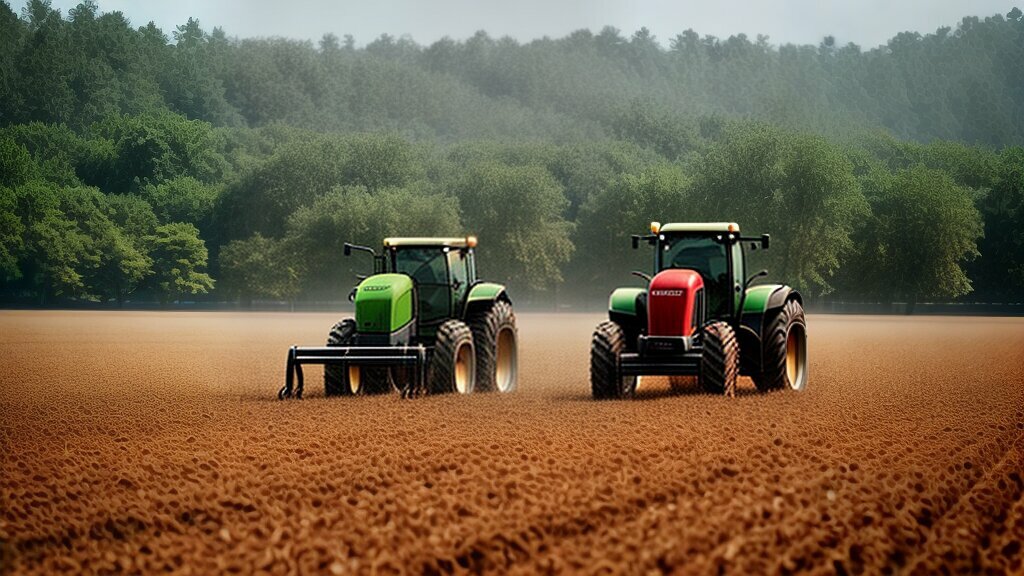
By incorporating harrowing into your farming practices, you can enjoy improved soil structure, weed control, and water absorption, among other benefits. Not only is it cost-effective, but it can also lead to increased crop yield and healthier soil ecosystems.
Harrowing Techniques for Optimal Results
When it comes to harrowing techniques in agriculture, there are different options based on the desired outcome. Shallow harrowing is a technique that is used to uproot small weeds and create a fine seed bed. It is often done after cultivation and is useful in preparing the field for planting. Deep harrowing, on the other hand, is done to loosen soil and remove larger weeds. This technique is done to remove the first layer of weeds and prepare the soil for planting. Cross harrowing is done to level the soil surface and reduce compaction.
The harrowing technique you use will depend on your soil type, weed pressure, and desired outcome. For example, if your soil is hard and compacted, deep harrowing will be more effective than shallow harrowing. If you have a lot of weed pressure and small weeds, shallow harrowing will be more effective. Regardless of the technique you choose, make sure that you are not damaging the crop or plants while harrowing.
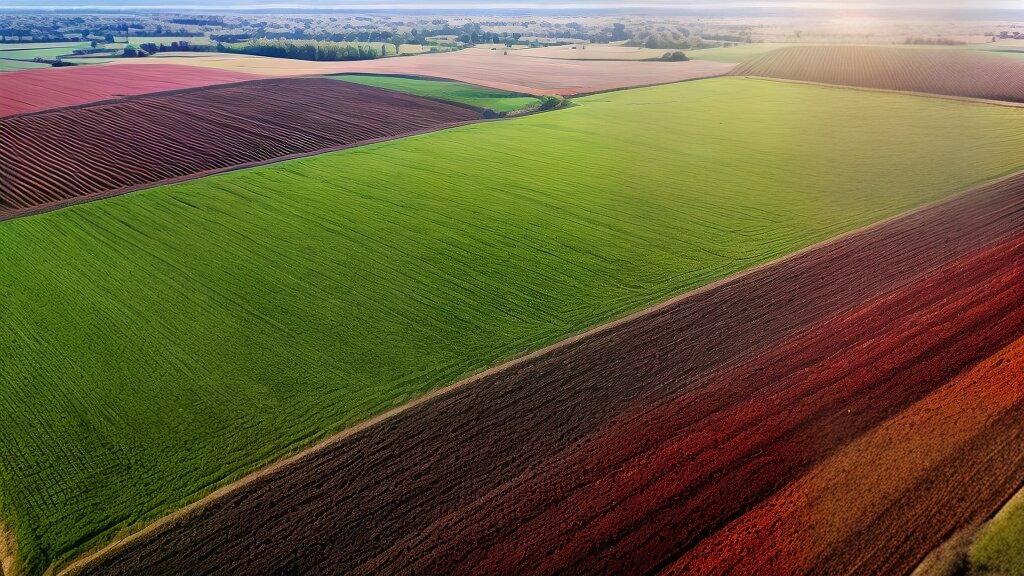
It is recommended that you harrow your field when the soil is dry, as harrowing wet soil can cause compaction and damage. Also, ensure that you are not harrowing too early or too late, as this can affect the results. Early harrowing can cause the weeds to grow back, while late harrowing can damage the emerging crop. Before you harrow your field, make sure that you have removed all large debris and rocks that can cause damage to your equipment.
Harrow for Soil Preparation: Maximizing Crop Yield
Before planting your crops, it’s crucial to prepare the soil properly for optimal yield. This is where a harrow comes in handy. Harrowing the soil helps to break up clumps, smooth out the surface, and level the ground, making it easier for seeds to germinate and roots to spread.
Harrowing also aerates the soil, allowing oxygen to penetrate more easily, which creates the perfect environment for microorganisms that aid in the decomposition of organic matter. This, in turn, improves soil structure and nutrient availability for your crops.
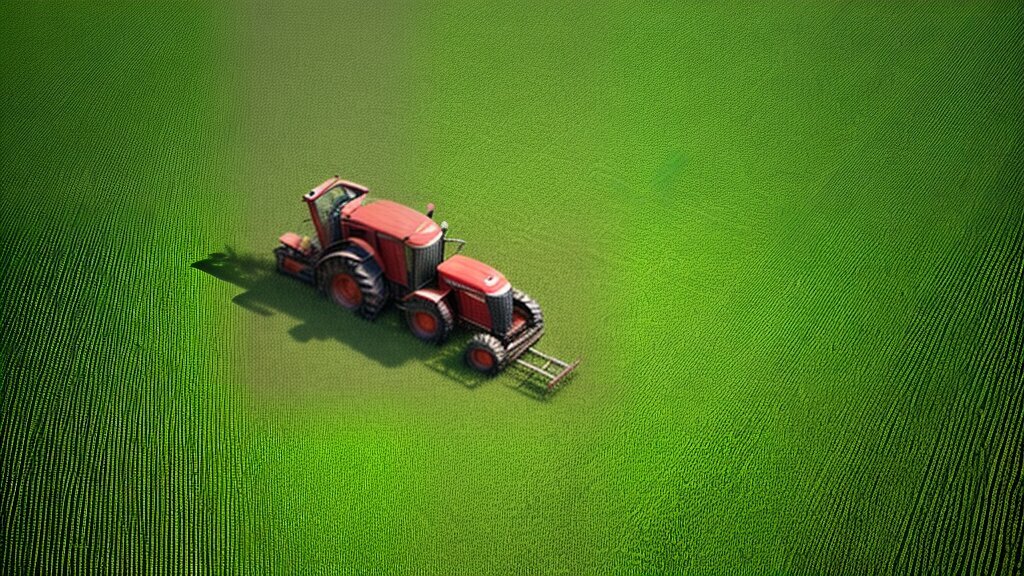
One of the significant benefits of harrowing is that it’s a far more cost-effective method of soil preparation than plowing. Plowing can be expensive and time-consuming, while harrowing only requires minimal equipment and is relatively quick and easy to do.
When harrowing the soil, it’s important to choose the right type of harrow for the job. For instance, if the soil is rocky or contains a lot of debris, you may need to use a disc harrow to break up the ground. If the soil is relatively soft and free of obstructions, a spike harrow may be all that’s needed.
By harrowing your soil before planting, you’re giving your crops the best chance of success. You’re creating a favorable environment for seed germination and root growth, improving soil structure, and maximizing nutrient availability. So, if you’re serious about getting the most out of your crops, be sure to add harrowing to your farming practices.
Harrowing for Weed Control and Soil Aeration
When it comes to maintaining healthy crops, weed control and soil aeration are crucial factors. Harrowing can effectively contribute to both aspects, making it an incredibly beneficial practice for farmers.
Firstly, harrowing is an effective method for weed control because it uproots and buries weed seeds, preventing them from germinating and competing with crops. By breaking up the soil surface, harrowing also disturbs the growth of young weeds, reducing their overall population. By controlling weeds, farmers can ensure that their crops have access to valuable nutrients and water, leading to healthier and more abundant yields.
Secondly, harrowing can improve soil aeration by breaking up compacted soil and allowing air to circulate freely. This can be especially important after heavy rainfall, when soil becomes easily compacted, hindering root growth. Through harrowing, soil particles are loosened, creating space for vital water and nutrients needed by crops to penetrate the soil, promoting healthy growth.
Harrowing is an effective and efficient way to control weeds and promote soil aeration, benefiting your crops while saving you time and money. By uprooting and burying weed seeds and promoting soil aeration, harrowing contributes significantly to crop health, ensuring you can achieve optimal yields.
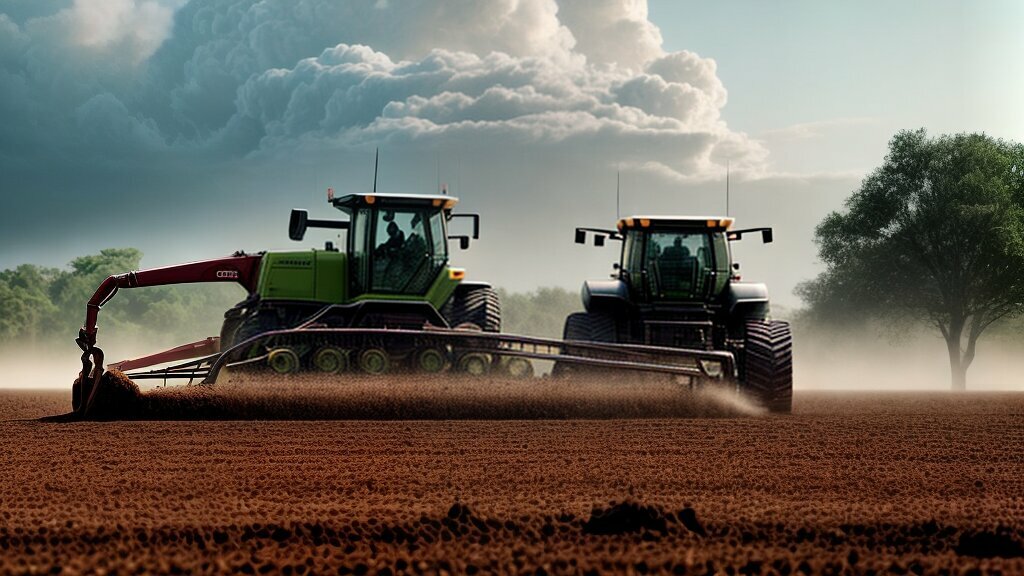
Conclusion
Overall, the harrow is an essential tool in modern farming practices. Using a harrow in farming can lead to improved soil structure, enhanced water absorption, effective weed control, and cost-effective soil preparation compared to plowing. By adopting harrowing techniques such as shallow harrowing, deep harrowing, and cross harrowing, you can achieve optimal results in preparing your soil for planting and maximizing crop yield.
Additionally, harrowing can effectively control weeds, promote soil aeration, and reduce compaction, all of which are crucial for the health and growth of your crops. By burying weed seeds and reducing soil compaction, you can prevent weeds from taking over and ensure that your plants receive the necessary nutrients.
So, whether you’re a small-scale farmer or a large agricultural producer, incorporating harrowing into your farming practices can greatly benefit your crop yield and overall farm productivity. With its many advantages, the harrow is a valuable investment for any farming operation.

